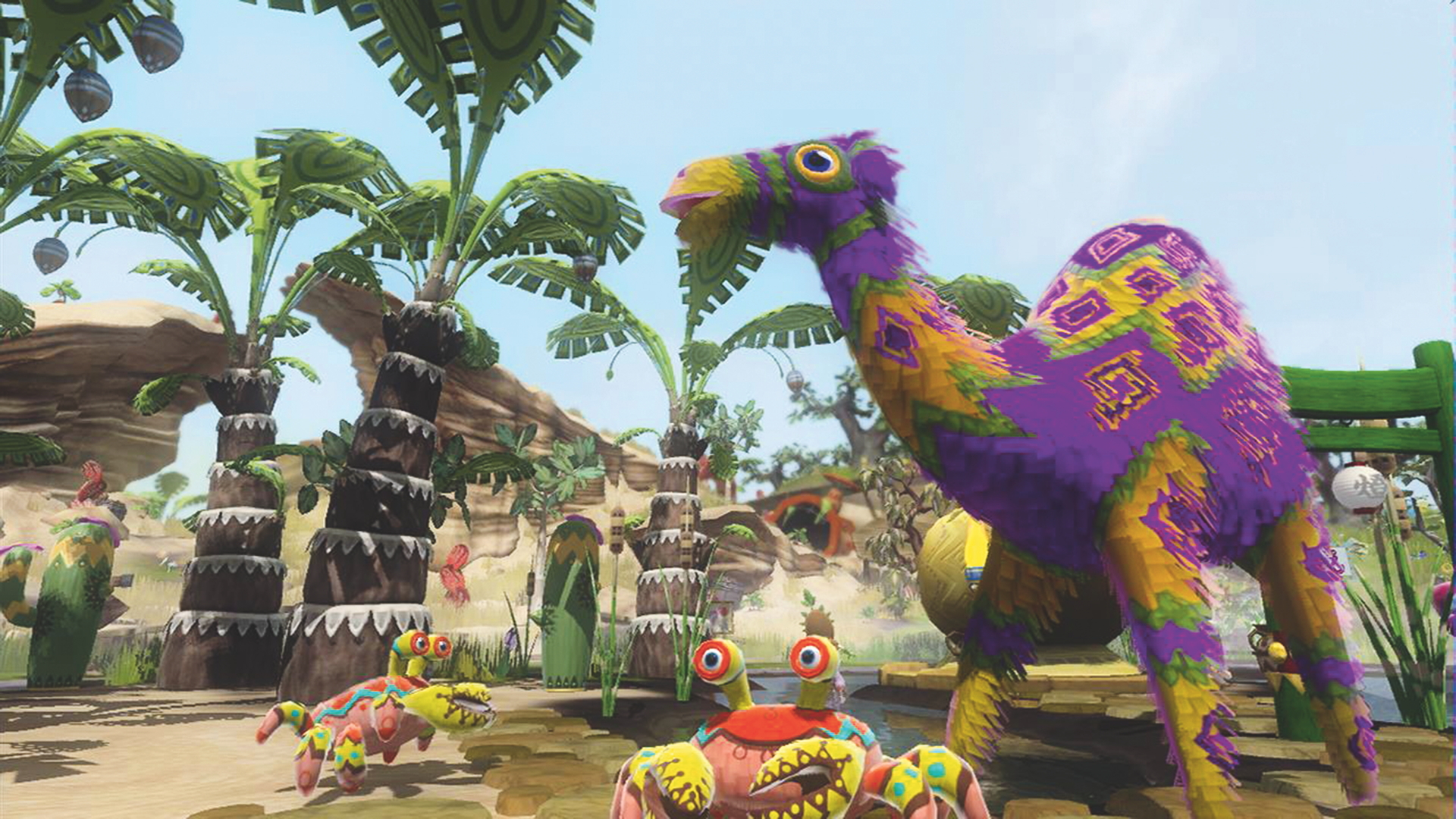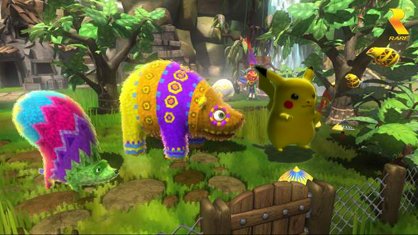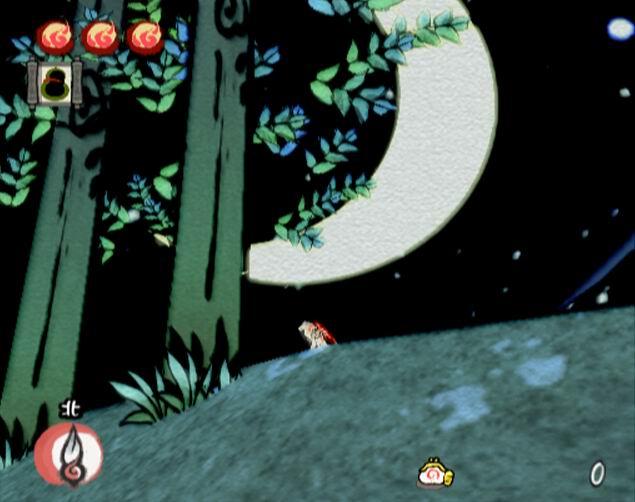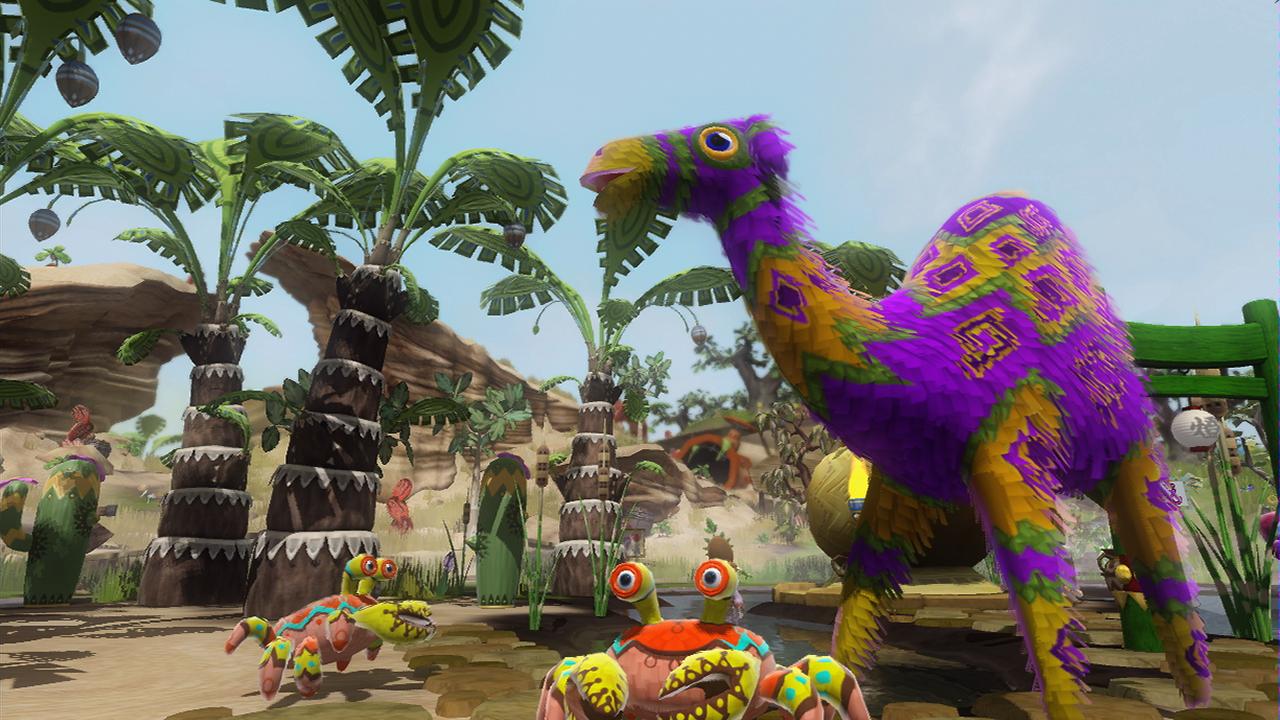Viva Pinata: Trouble in Paradise
Latest about Viva Pinata: Trouble in Paradise

Before Stardew's gentle harvest there was Viva Pinata's garden of horrors: revisiting Xbox's classic farming sim
By Daniella Lucas published
Opinion

Why I Love: Viva Pinata: Trouble in Paradise's cheesecake
By Susan Arendt published
Why I Love

Viva Pinata 3 - what we want to see
By GamesRadarCarolynGudmundson published
Can a gardener dream of streamlined menus and leaderboards?

Cute game worlds that would be hell to actually live in
By David Meikleham published
On the surface they look like paradise. Beneath it, they’re a living nightmare

What if GamesRadar designed Downloadable Content?
By GamesRadar_US published
Our editors imagine the ultimate DLC add-ons for Gears of War 2, GTA IV and more

The secretly sinister storylines of your favourite games
By David Houghton published
You never knew they were so wrong...

The Top 7 greenest games
By Brett Elston published
Give a hoot: Read an article about eco-friendly games that embrace Mother Nature

Viva Pinata: Trouble in Paradise review
By GamesRadarCarolynGudmundson published
Pinatas are freaking magical
Sign up to the GamesRadar+ Newsletter
Weekly digests, tales from the communities you love, and more




